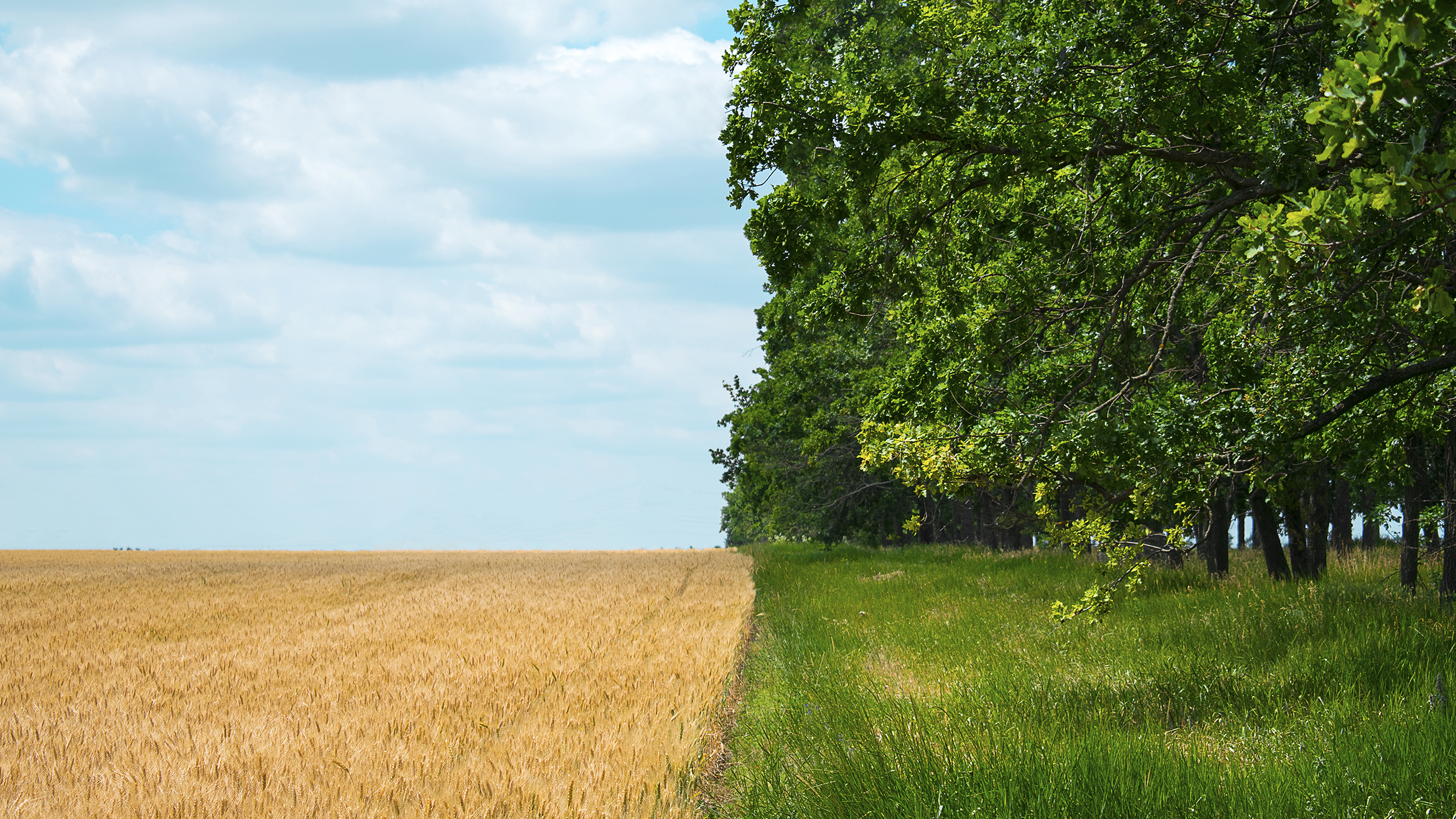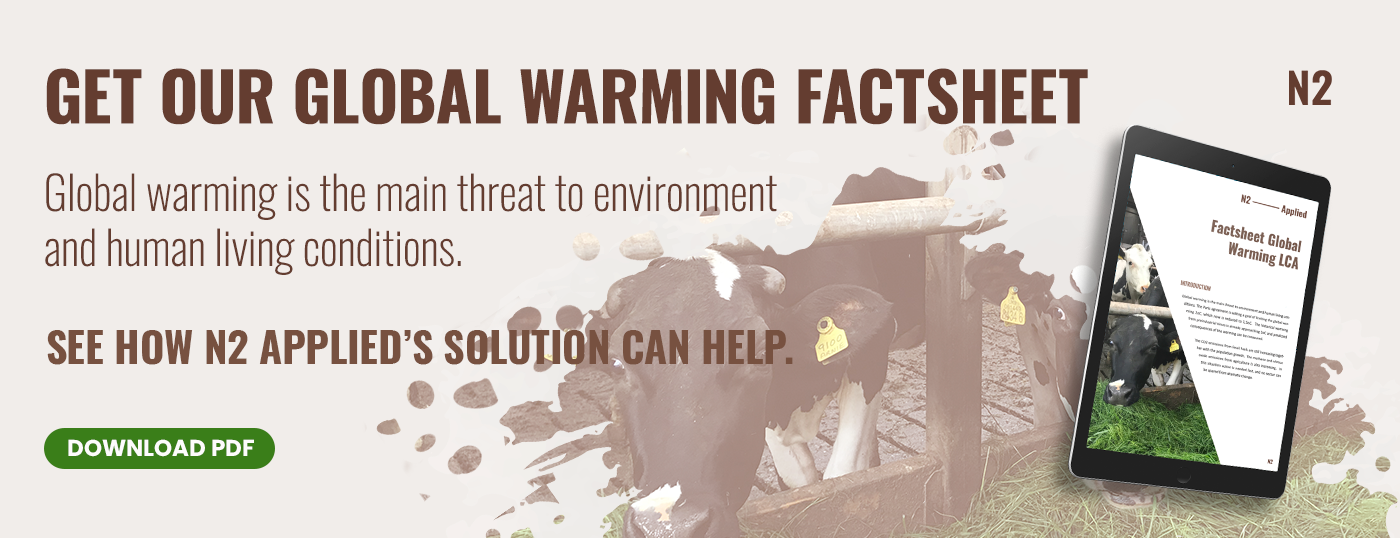By now, most are familiar with the concept of regenerative agriculture and why it makes logical sense to regenerate an agricultural system rather than sustain a questionably broken one.
Given the global relevance of regenerative agriculture, its principles and attributed practices have experienced an uptake - shifting agricultural systems into an exciting transition. With a broad range of benefits on offer, regenerative agriculture has the potential to overhaul the current system's practices, along with a series of impacts on the climate, our environment and biodiversity.
Today, principles of regenerative agriculture can even be found embedded throughout the agricultural action plans of many countries. Namely, soil health, "Soil Health – What is it?" ' which is the fundamental element of regenerative agriculture, is typically featured with emphasis, reiterating the critical role it plays. Alongside soils, the significance of crops and livestock have also grown to hold a more pastoral role. Regenerative agriculture also recognises above-ground activities that simulate improved crop performance and reduce the necessity of artificial inputs such as chemical fertilisers and pesticides.
So, what did regenerative agriculture once look like?
The plough is a piece of machinery that was once considered a prime method to regenerate soils by cycling crop residues above the soil (either grass or arable) into the soil below to replenish nutrients. It is no single one's fault that this practice was considered 'regenerative', as our understanding at the time was simply a state of the science and data available. Now though, we are aware of this practice's more significant consequences and understand how in fact, the use of it is detrimental to soil health and actually leads to the breakdown of soil organic matter. In light of this, at the same time the plough was introduced, it was possible to come across farmers who were implementing more 'regenerative' practices. Some forward-leaning farmers were already on the path to incorporating the principles of regenerative agriculture into their operations by recycling organic manures, integrating the growing of livestock in combination with pastures, rotating crops, break crops, cover crops, and the use of legumes. Yet today, these once unique practices are now progressively perceived as standard.
What does regenerative agriculture look like now?
Regenerative agriculture by definition builds on a conservative approach to agriculture in that it seeks to enhance and sustain the health of soil by restoring its organic matter, and boosting its fertility and productivity. Its primary focus is on soil health, with the underlying theory that “the world cannot be fed unless the soil is fed”. Today, we can witness farmers engaging in an array of practice types that fall within the spectrum of regenerative agriculture.
- The livestock industry is broadly accepting different grazing methods like mob grazing, holistic grazing, and strip grazing to ensure full grass lifecycle growth in permanent pasture systems, which contributes to improved soil health.
- The arable industry is adopting practices such as cover cropping, direct drilling, and no-till (no-tillage). Beyond this, there is an expansion of knowledge (and approval) around the importance of minimising soil disturbance. Farmers who have recently switched their practices have already begun witnessing improvements in soil health.
- Increased use of organic manures is also occurring amongst farmers. These natural by-products of livestock production that are rich in nutrients are returned to the soils, along with the use of more environmentally friendly 'bio-alternatives'. This shift is in stark contrast to the agricultural system's strong reliance on addictive artificial inputs over the years since the 19th century. Whilst the use of these external inputs (such as chemical fertilisers) enabled a substantial increase in production volumes, their role has also contributed to an unsustainable dependence, as can be felt with record prices for energy.
- Broader use of cover cropping, intercropping and crop rotations to improve soil health and help the soil’s ability to hold on to nutrients and structure. A range of different plant species means different rooting structures and supported soil biota. Keeping soil cover through the year means less erosion risk and loss of soil structure and having vegetation growth in the autumn can make better use of nutrients and manures and fertiliser inputs during that period, meaning they stay in the soil and plants.
And, what might regenerative agriculture look like in the future?
Looking forward, we are likely to encounter a more transparent world where the food and beverage that consumers purchase can be traced back to its origin. Fairness and strength in supply chains with a concern for all stakeholders involved and their contribution CITE. This encounter can be seen already through the greater uptake of True Cost Accounting (TCA).
Data will be paramount for agriculture to communicate the value of the range of practices quickly, reliably and effectively in regenerative agriculture, such as the aforementioned methods.
- Technology 'might’ take over, but no farm is more well-known and understood than by the family farming it, who can leverage years, sometimes centuries of knowledge and heritage. However, under the regenerative banner, technology such as satellite imagery, drones and robotics will undoubtedly also be at play - enabling data collection methods to support these practices. The ability to precisely evaluate and manage land and livestock with centimetre accuracy via robotics, AI and machine learning will be a powerful tool under regenerative agriculture.
- The bio-alternatives to wean the world off addictive artificial inputs like fertiliser will indeed become a core practice within mainstream agriculture. Specifically, in the short term, where 'carbon might be king', topics and practices such as carbon sequestration within the soil and reducing biodiversity loss will be more critical.
- Taking a narrow look at future policy in the UK and more broadly, across the EU, it would seem emission reductions are crucial -, whereby regenerative agriculture can demonstrate its strength as a method to stimulate emission reduction and carbon footprint reduction.
Ultimately, with the increasing uptake and presence of regenerative agriculture globally, it is evident this creates significant opportunities for farmers. Opportunities to improve existing production systems by means of regeneration, but also the potential to tap into additional production streams beyond the food and drink they are already producing.




